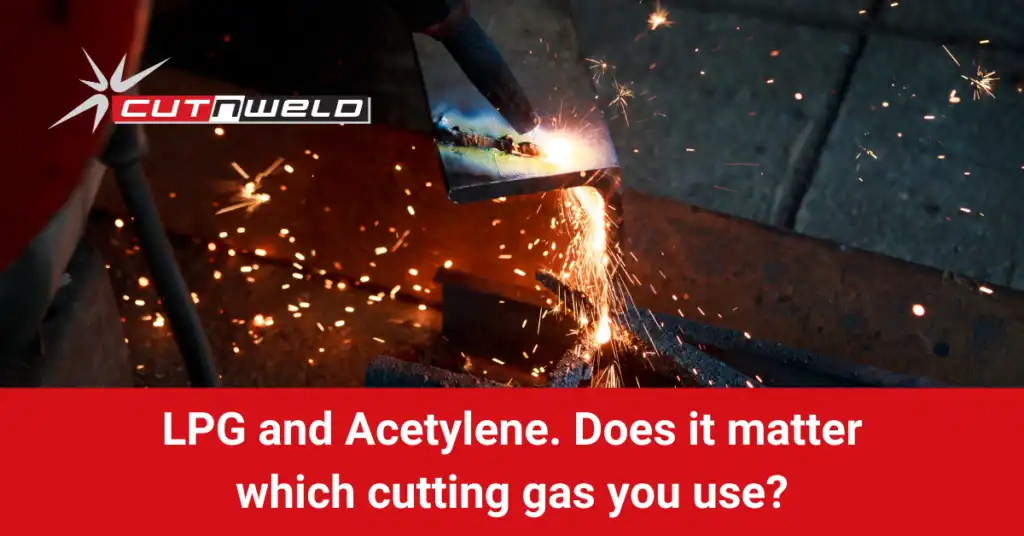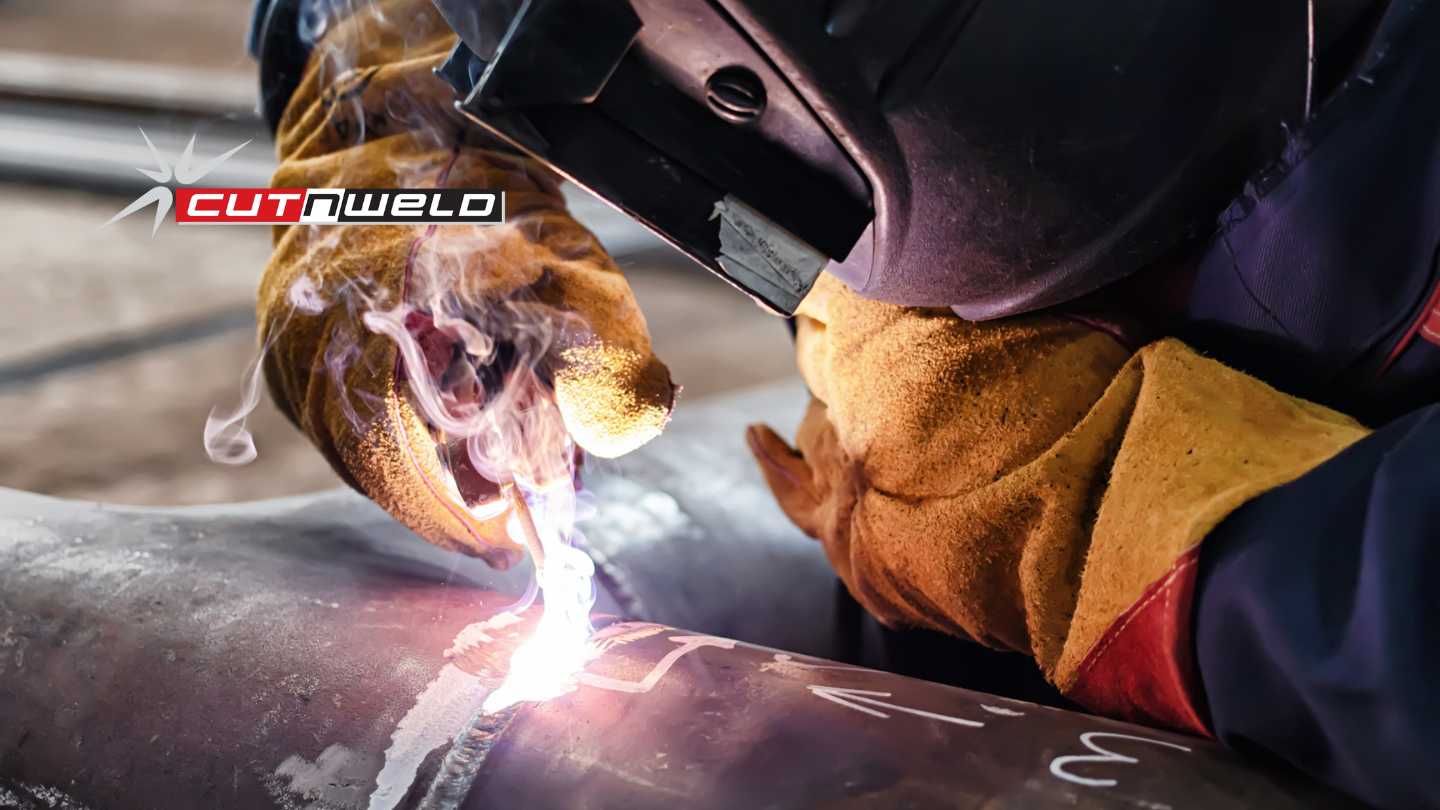
Hidden Heroes: Uncover the Unseen Types of Welding That Hold Our World Together
Welding is the unseen force holding modern structures together. Knowing the right types of welding is essential.
No products in the Quote Basket.
No products in the Quote Basket.

The debate of LPG (Liquid Petroleum Gas) or Acetylene Gas has been around for years and has been a question asked by many. Both are very good cutting gases, and each gas offers their own set of advantages and disadvantages.
In many cases, whether you choose acetylene or LPG for your cutting needs will depend on the size of your business and the equipment you have in place.
For example, if you are a hobbyist or small-scale fabricator who only does smaller jobs, investing in expensive acetylene gas and equipment might not be worth it.
If you are a professional who works with large pieces of metal or works with metals that require a lot of heat, however, it might be best for you to use an acetylene gas and torch instead of LPG.
Let’s go over some of the basic advantages and disadvantages of using each as a cutting gas.
*PNM – Propane Nozzle Mix. ANM – Acetylene Nozzle Mix.
In this case we will be cutting a 12mm metal plate and comparing the performance of the two gases in this scenario.
We can see from this table that lower cutting speeds, such as that of LPG, will increase productivity costs, use higher oxygen volumes, and impact the overall cutting cost despite LPG being a cheaper fuel than Acetylene.
When deciding between LPG and acetylene, the type of material you will be cutting, your budget and productivity costs, and the level of precision you need should all be considered.
For example, acetylene may be the way to go if you need to cut thinner or softer materials. Additionally, if you are on a budget, LPG may be the more cost-effective option, while if precision is your top priority, acetylene may be the best choice.
Ultimately, the choice between LPG and acetylene depends on your specific cutting needs. Both gases have their own advantages and disadvantages, and understanding these can help you make the best decision for your project.
No matter what kind of welding machine you need, Cut-N-Weld can provide for your needs. Contact our sales team if you need advice beyond what this article provides. Our team of experts can help you make the right choice.

Welding is the unseen force holding modern structures together. Knowing the right types of welding is essential.

Choosing the right gas welding rod involves considering factors like the base material, the welding process, and the desired weld characteristics.

Metal cutting is a fundamental process in countless industries.
2025 Copyright © CUT-N-WELD. All Rights Reserved. Disclaimer : Privacy Policy | Site By Xponent